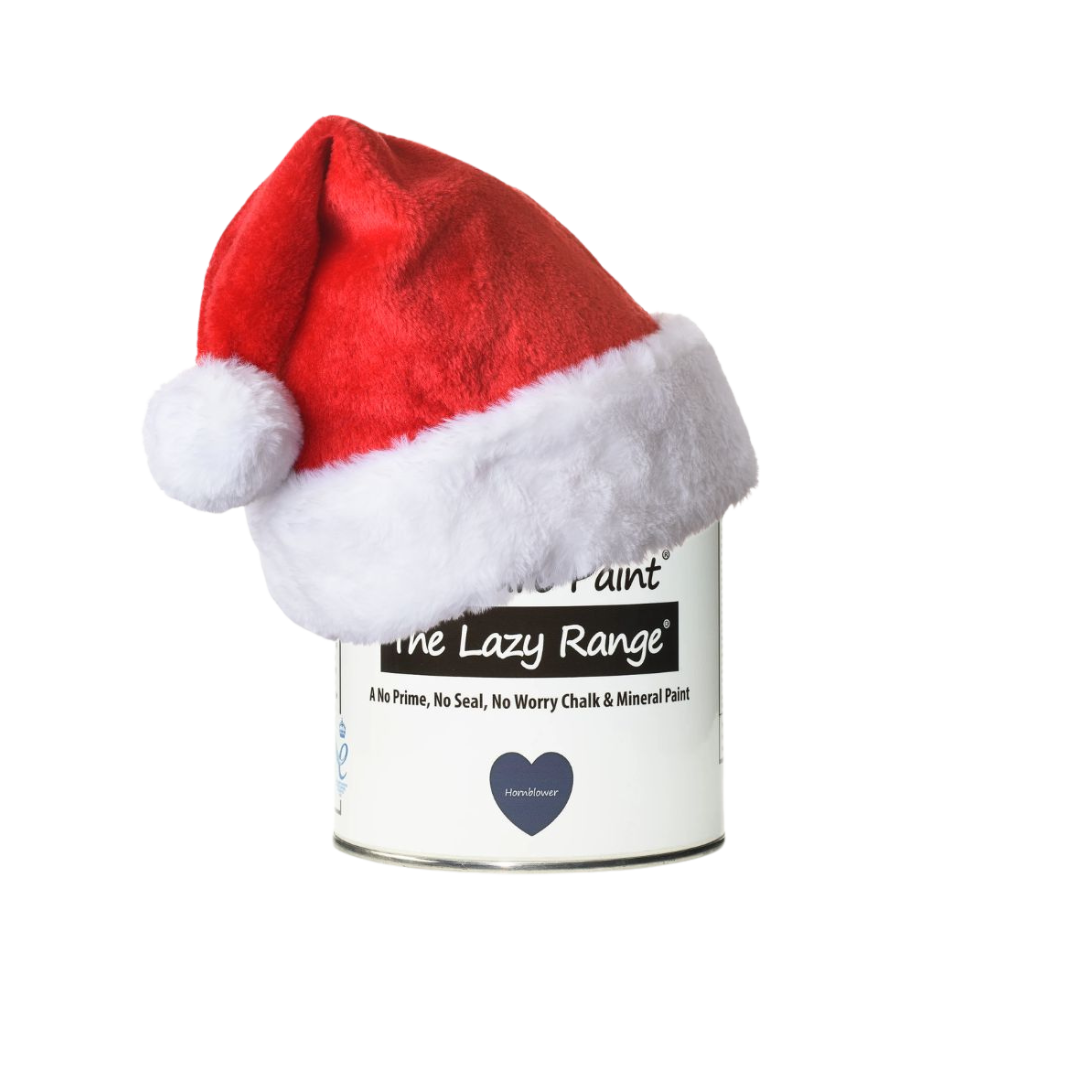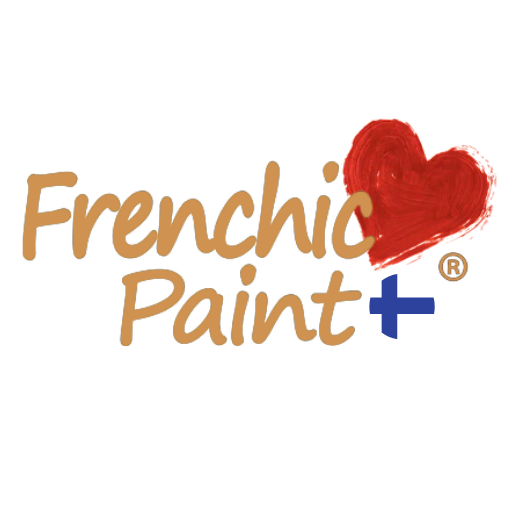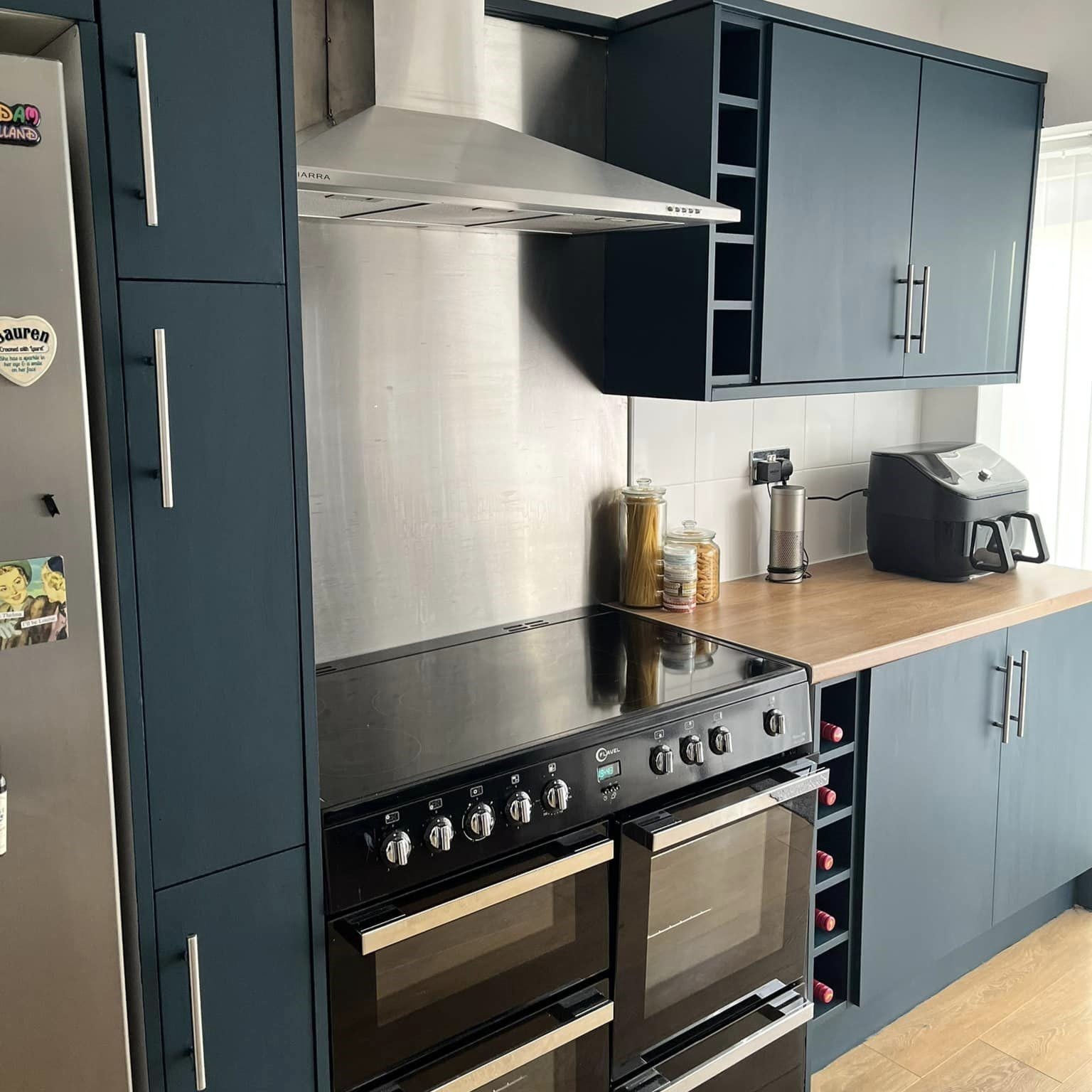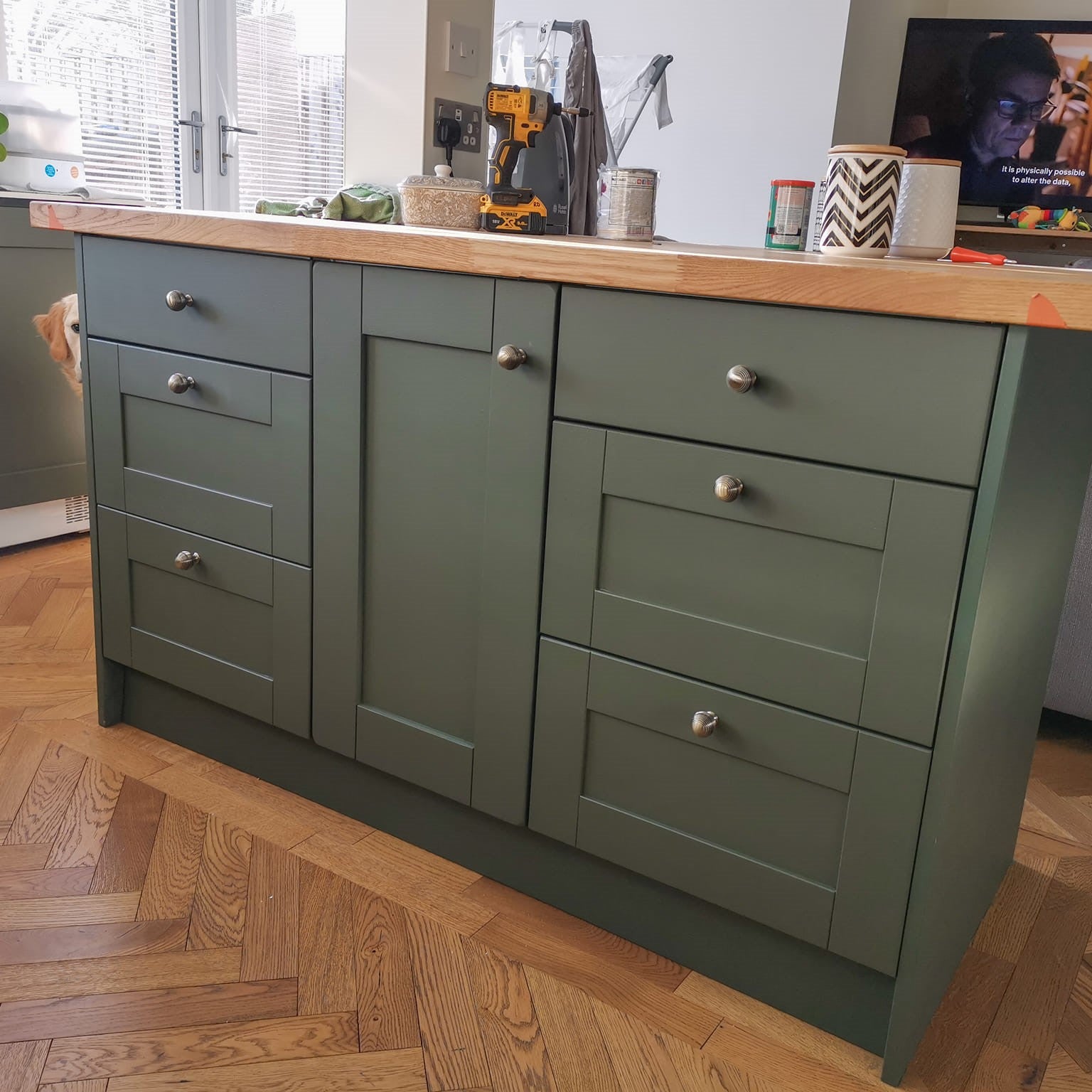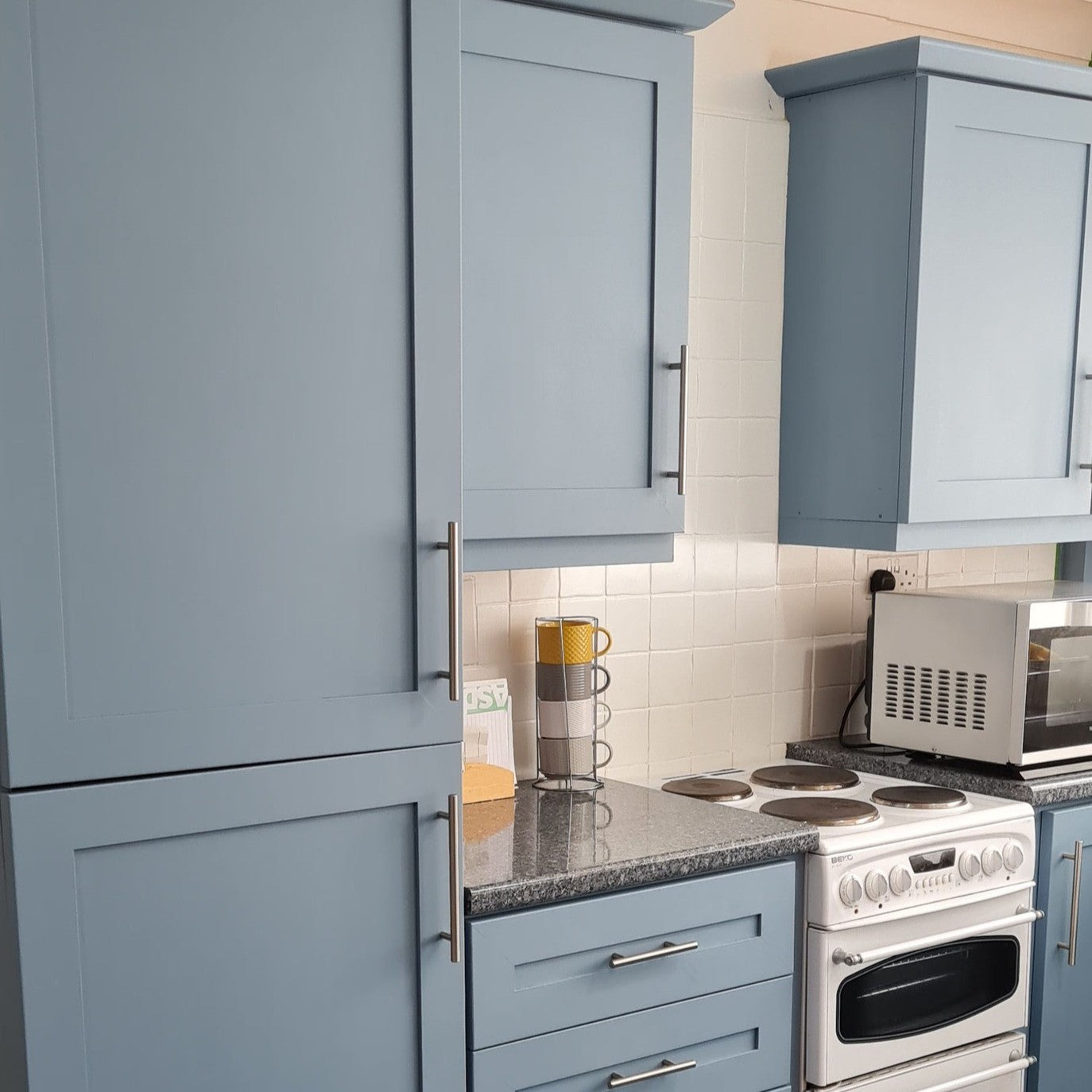Slitna möbler - gillar du patina och gammalt?
Saltwash är ett nytt pulver som blandas i färg och med vilket du skapar en fantastisk texturpatinayta tillsammans med färgen. En stil som är populär bland proffs och hemma-målare: slitning av färgytan i inredningsmålning är populärt och Frenchic-färger är perfekta för denna teknik.
Med Saltwash kan du skapa patina och gammal yta även på nya möbler.
Du kan arbeta med Saltwash-massan med pensel, spackel, kam eller palettkniv./
Saltwash passar också för textur på tavlor när den används direkt på canvas.
Med denna teknik får du en stilfullt åldrad eller bohemiskt sliten yta på vilken möbel eller yta som helst - enkelt. Välj bara vilken möbel du vill börja med!
Gör massan tjock eller tunn - testa och prova!
Du kan kreativt använda denna teknik - antingen diskret eller med kraftig slitning.
Oavsett om din möbel är ett loppisfynd från 30-talet eller en vanlig Ikea-möbel kan du förändra den helt genom att använda högkvalitativ kalkfärg för möbelmålning och olika måleritekniker.
Slitningstekniken är lättast att utföra på dekorativa möbler, den framhäver dekorationer och möbelns former på ett fantastiskt sätt.
Men prova även att slita på möbler med rektangulär form, lådkantens kanter, bordsskivans kant med mera.
Du behöver åtminstone detta:
- Slipverktyg
- Vaxer
- Saltwash
- Pensel
- (Spackel eller kam)
I sin enklaste form kan slitningar göras genom att slipa lite på möbelns kanter och dekorationer – prova!
Därefter kan du vaxa de slipade slitningarna med brun vax, vilket ytterligare förstärker det patinerade, gamla utseendet.
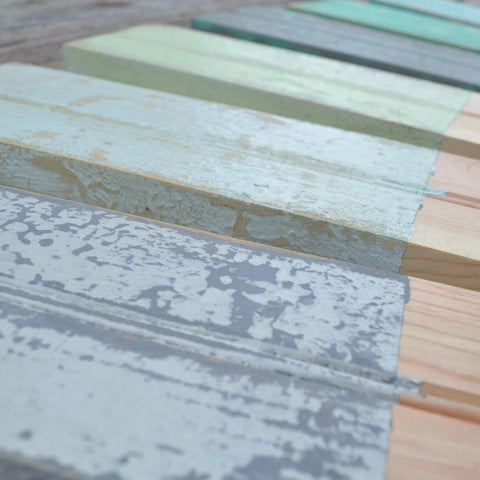
Saltwash
Saltwash är ett pulver som blandas i färg för att skapa en tjock pasta som ger ytan ett fantastiskt patinerat utseende!
I denna teknik skapas effekten i bilden med två olika färgnyanser.
Börja så här
Stegen kortfattat:
Tillsätt Saltwash-färgmassa
Måla det översta skiktet på den torkade färgmassan med en ny nyans och slipa sedan fram lager och massa.
Enkelt och lätt.
BLANDA SALTWASH OCH FÄRG

Häll först färgen i blandningskärlet, sedan tillsätt Saltwash-pulvret gradvis.
Blandningsförhållandet är ungefär 1:1, beroende på hur tjock massa du vill ha och vilket verktyg du vill använda. Testa dig fram.

Blanda först en liten mängd och testa förbrukningen.
Blanda Saltwash-pulver i färgen, en bra konsistens är en tjock, icke-rinnande massa.
Pensla, dutta eller lyft massan på möbelns yta så att alla "toppar" och "piggar" i massan syns. Avsluta med att lätt "jämna ut" topparna med penseln i långa drag.


Måla över med den nyans du vill ha och låt torka.
SLIPNING
Nu är det dags för den roliga delen, slipning av Saltwash-lager.
Det är dags att avslöja alla dina fantastiska Saltwash-pulverlager.
Vi rekommenderar en elektrisk slipmaskin, särskilt för större möbler och platta, stora ytor, men handslipning räcker också, särskilt för mindre områden och kanter.
Vanligtvis fungerar sandpapper 100-120 bäst för att avslöja precis rätt mängd Saltwash®-grundfärgslager.

Ett mycket viktigt tips är slipningsfasen.
Slipningen är det "ta-da"-ögonblick då alla fantastiska Saltwash®-lager avslöjas, så detta är verkligen ett viktigt steg.
Om du verkligen vill skapa ett äkta utseende bör du fundera på "hur detta föremål eller yta slits naturligt över tid" och kanske lägga lite extra slipning på just det området.
Du kan till exempel föreställa dig att den främre kanten på byråns överkant slits mer med tiden när händer eller föremål gnuggar och nöter på den. Samma kan man tänka sig runt dörrhandtag, lådhandtag eller hörn på föremålet där det skulle få mycket naturligt slitage från att dras i och eventuellt stöta emot under årens lopp.
AVSLUTNING MED VAX
När du har slipat Saltwash-färglagren och om du vill skapa en åldrad patina som är ännu lite mer äkta, prova att applicera färgat vax på föremålet.
Torka bara vax på ytan av föremålet så att det mörka vaxet sätter sig mellan Saltwash®-pulverlagren. Torka bort överflödigt vax med en ren, mjuk trasa.

